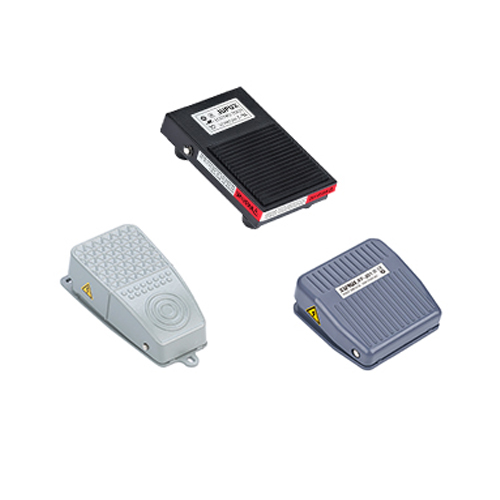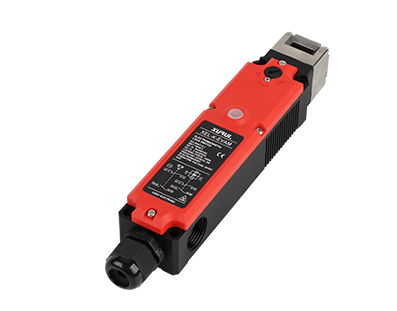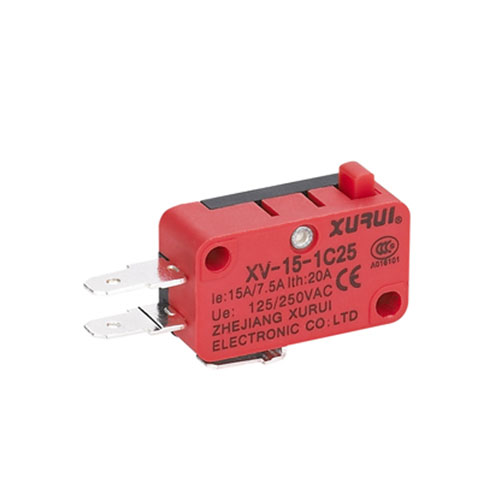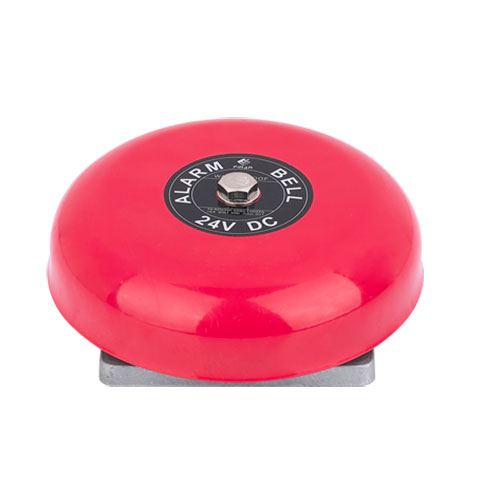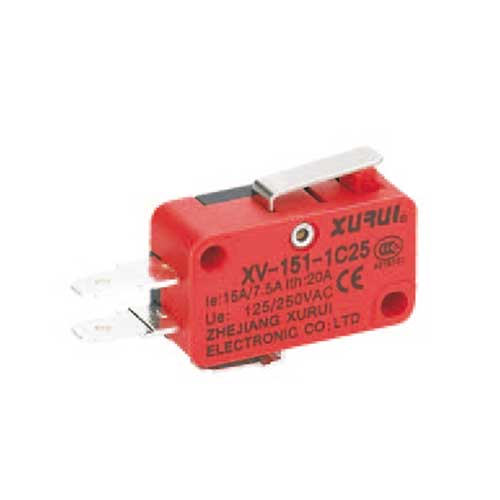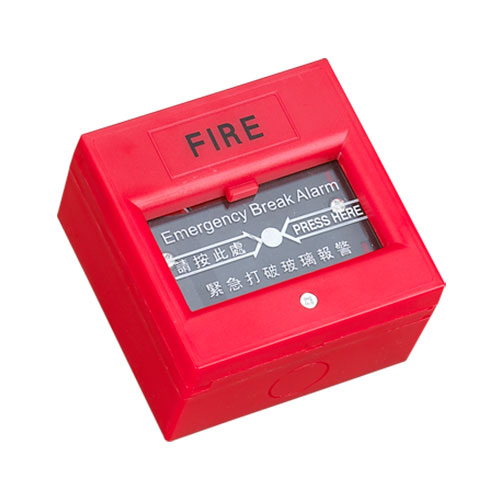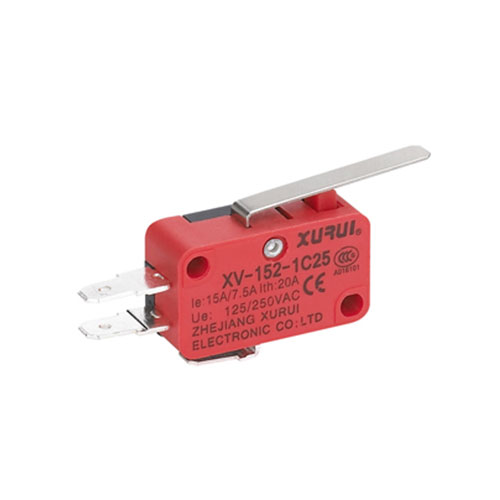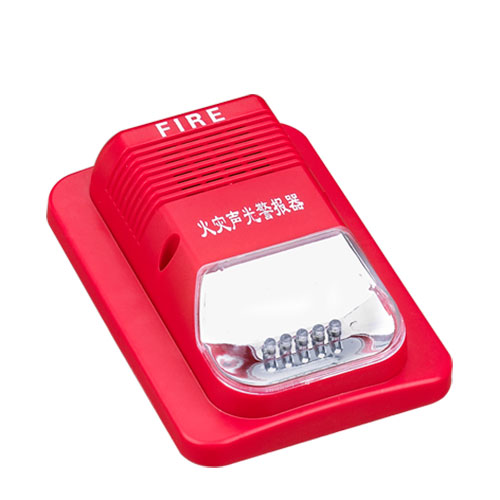1. Definition
A toggle switch is a type of electrical switch that uses a hinged lever or rocker mechanism to alternate between two or more circuit states. When the lever is moved, it mechanically opens or closes internal metal contacts, thereby interrupting or enabling current flow. These switches are commonly used for on/off control, mode selection, or directing current between multiple circuits.
2. Features
Mechanical Operation
The most obvious feature of a toggle switch is its mechanical operation. The user physically moves the toggle lever, which in turn activates the internal contacts of the switch. This provides a tactile feedback, letting the user know that the switch has been actuated. The movement of the toggle is usually smooth and requires a certain amount of force, which helps prevent accidental switching.
Two Positions
Toggle switches typically have two distinct positions: on and off. Some advanced models may have more positions, but the basic on-off configuration is the most common. These positions are clearly defined, and the switch remains in the selected position until the toggle is moved again. This latching mechanism ensures that the circuit state is maintained even if there is some vibration or movement in the environment.
Durability
They are built to withstand a large number of operations. The internal components, such as the contacts and springs, are made from durable materials like metal, which can resist wear and tear over time. This makes toggle switches suitable for applications where frequent switching is required.
Simple Design
The design of a toggle switch is relatively simple, which contributes to its low cost and ease of installation. It usually has a few main parts, including the toggle lever, the switch body, and the electrical terminals for connecting to the circuit. This simplicity also makes it easy to troubleshoot and repair if any issues arise.
3. Product Types
Single - Pole Single - Throw (SPST)
This is the simplest type of toggle switch. It has one input terminal and one output terminal in the on position, and when in the off position, the circuit is disconnected. It is used for basic on-off control in a single circuit, such as in a simple lamp switch.
Single - Pole Double - Throw (SPDT)
An SPDT toggle switch has one input terminal and two output terminals. When the toggle is in one position, the input is connected to the first output, and when in the other position, it is connected to the second output. This allows for switching between two different circuits or loads using a single switch, for example, in a circuit where you want to switch a light between two different power sources.
Double - Pole Single - Throw (DPST)
A DPST toggle switch has two separate poles, each with its own input and output terminal. When the toggle is moved, both poles are switched simultaneously. It is used when you need to control two separate circuits at the same time, such as in a 240V electrical system where you need to switch both the live and neutral wires.
Double - Pole Double - Throw (DPDT)
This is the most complex type among the common toggle switch types. It has two poles, each with one input and two output terminals. When the toggle is operated, each pole is switched between its two output terminals. It is used in applications where you need to switch two separate circuits between two different states, such as in a stereo system where you want to switch the speakers between two different amplifiers.
4. Structures
Toggle Lever
The toggle lever is the part that the user interacts with. It is usually made of plastic or metal and is designed to be easy to grip and move. The shape of the lever can vary, but it is typically a flat or slightly curved piece that extends from the switch body.
Switch Body
The switch body houses the internal components of the toggle switch. It is usually made of a 绝缘 material like plastic to prevent electrical short circuits. Inside the body, there are the contact points, which are the metal pieces that make or break the electrical connection, and the springs, which provide the force to keep the contacts in the desired position when the toggle is not being operated.
Electrical Terminals
The electrical terminals are used to connect the toggle switch to the circuit. They are usually made of metal and are located on the back or side of the switch body. The terminals can be in the form of solder lugs, quick - connect tabs, or screw terminals, depending on the type of application and the way the switch is to be installed.
5. Applications
Electronics
In consumer electronics, toggle switches are widely used in devices such as radios, televisions, and computers. For example, in a radio, a toggle switch can be used to turn the device on and off or to switch between different bands. In computers, they may be used in peripheral devices like external hard drives or printers for power control.
Home Appliances
Many home appliances rely on toggle switches for operation. In a kitchen, appliances like toasters, blenders, and microwaves often have toggle switches for turning them on and off or for selecting different functions. In lighting fixtures, toggle switches are the standard choice for controlling the on-off state of lights, and they can also be used in ceiling fans to control the speed or direction of rotation.
Industrial Equipment
In industrial settings, toggle switches are used in a variety of machinery and equipment. They can be used for controlling the operation of motors, pumps, and other industrial devices. Due to their durability and reliability, they are suitable for use in harsh environments where there may be a lot of dust, moisture, or vibration.
Automotive
In the automotive industry, toggle switches are used for various functions. They can be found in the dashboard for controlling the lights, windshield wipers, and air conditioning system. They are also used in the engine compartment for controlling auxiliary equipment like fans and pumps.
6. Pros & Cons
Advantages
User-Friendly: Intuitive lever operation requires no technical expertise.
Reliable: Simple design with few failure points; long operational lifespan.
Versatile: Available in multiple pole/throw configurations for low (5V) to high (250V+) voltage systems.
Cost-Effective: Affordable due to straightforward manufacturing.
Disadvantages
Space Requirement: Larger form factor compared to push-button or microswitches.
Vibration Sensitivity: Levers may shift in high-vibration environments (requires locking mechanisms in critical applications).
Slow Switching: Mechanical action limits speed (unsuitable for high-frequency electronic circuits).
7. Toggle Switches vs Rocker Switches
Design & Operation
Toggle Switches: Feature a lever that physically "flips" up/down or side-to-side, producing a distinct clicking sound. Requires precise movement to change states.
Rocker Switches: Flat, paddle-shaped actuators that "rock" when pressed (one side depresses, the other rises). Operated with a simple press, often using a finger or thumb.
Applications
Toggle: Common in industrial machinery, automotive panels, and older electronics where durability and high-current handling are prioritized.
Rocker: Widely used in residential lighting, consumer electronics (e.g., power strips), and appliances due to sleek design and ease of use.
Electrical Ratings
Toggle: Typically handle higher currents (e.g., 15–20A+), making them suitable for industrial equipment.
Rocker: Generally rated for lower currents (e.g., 10–15A), though heavy-duty variants exist for specialized use.
Durability & Lifespan
Toggle: Robust mechanical design often endures more cycles (e.g., 50,000+), ideal for frequent use.
Rocker: May wear faster due to rocking mechanism but can be sealed for better dust/moisture resistance (higher IP ratings).
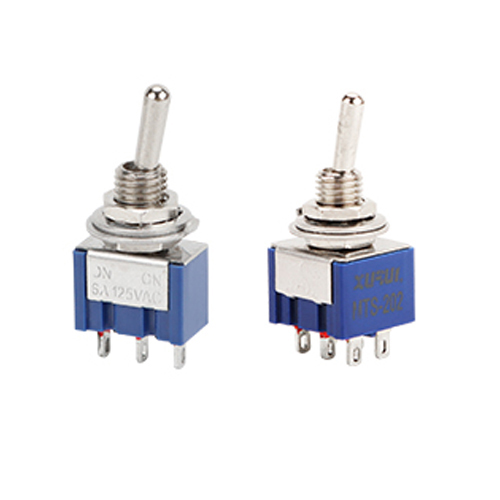
Conclusion
Toggle switches balance simplicity, reliability, and versatility, making them a staple in countless applications—from household devices to industrial machinery. While their mechanical nature poses limitations in compact or high-speed scenarios, their tactile feedback and durable design ensure continued relevance in modern electrical systems.
XURUI specializes in the R&D, production, and sales of micro switch, limit switch、foot switch, toggle switch, proximity switch, and optoelectronic switch etc.The company was approved by ISO9001,and a number of the products are also certified by other certification authorities such as CCC, CE TUV UL, KC, and RoHS etc. If you need a toggle switch, please contact us


